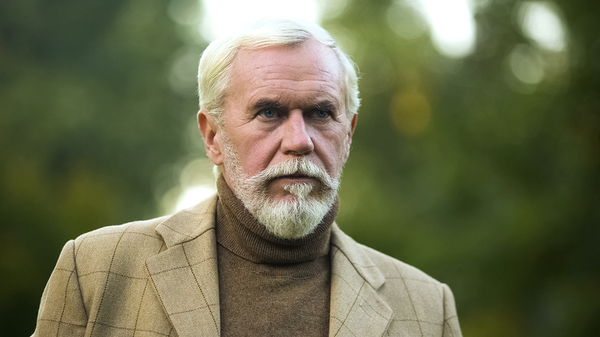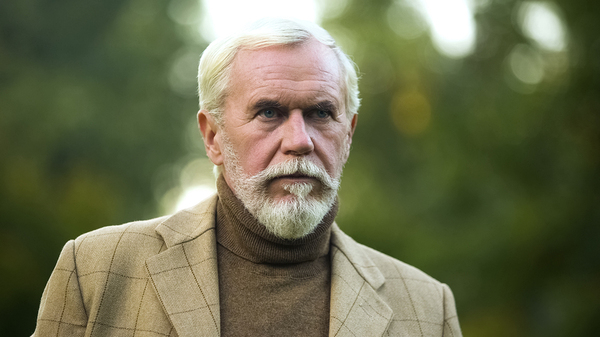THE WORLD’S #1 EXECUTIVE COACHING AND BUSINESS COACHING BLOG SINCE 2017.
How to Nurture Maturity Among Your Future Leadership Candidates
June 8, 2020 | Category: Blog, Intelligent Leadership | Last updated on: March 12, 2025

“What makes Superman a hero is not that he has power, but that he has the wisdom and maturity to use the power wisely.” – Christopher Reeve.
In my recent book ‘Intelligent Leadership’, I state that immaturity is responsible for most un-leaderlike behavior. I have always considered maturity to be an indispensable attribute of good leaders.

Maturity and good leadership go hand-in-hand.
As a leadership coach, I am aware that in the context of corporate leadership, the nurturing of maturity requires a two-pronged approach:
- On an organizational level
- On a personal level
Just as there are more or less mature individuals, there are more or less mature organizations. Deloitte has defined four levels of organizational maturity, based on design and culture. How can your organization achieve systemic leadership, the highest of these four levels?
- Set a clear-cut successful leadership model and communicate it actively.
- Encourage exploration and risk-taking.
- Encourage, reward, and promote knowledge-sharing within the organization.
- Expose leaders to peers representing different perspectives.
- Effectively connect HR with business leaders.
Communicating a Well-defined Successful Leadership Model
Your high-potential employees and emerging leaders need to know the attributes, competencies, and behaviors of successful leaders, the way your organization prefers these characteristics. The successful promotion of executive coaching and leadership development starts with the business leaders, who can most effectively model it themselves.
Nurturing a Company Culture That Rewards Risk-Taking
Many emerging leaders are risk-averse. The fear of failure prevents them from exploring new ideas, communicating these ideas, and thus helping their organization cope with change. Get your budding leaders to step forth and defeat this fear.
Knowledge-Hoarding Hurts Your Business
Knowledge-sharing is a major driver of organization-level improvement.
We all know pathological knowledge-hoarders. Such people fear that sharing knowledge with their peers will make them less competitive. On the company level, such behavior is highly detrimental. Improve communication and encourage storytelling to counter knowledge-hoarding.
Your Budding Leaders Need Exposure to Different Perspectives
Your company is the best environment to develop future leaders. Make use of this environment by exposing your high-potential leaders to its every nook and cranny. The best training a leader can receive comes through exposure to peers.
Connect HR to Business
You can no longer afford to keep HR a separate entity within your organization. The reason is simple. You cannot afford to have two possibly competing ideas of what your future leaders should be like. Having HR and business leaders on the same page is, therefore, a top priority when defining and communicating your leadership success model.
Nurture Maturity in Your High-potential Leaders on the Personal Level
To address leadership maturity on the personal level in my books, I have employed the concept of the Leadership Maturity Enneagram. This maturity-map defines several categories and sub-categories of leadership personality types and maturity, aiming to help leaders gain a better understanding of themselves, their character, and their actions.
The maturity map does not corral people into inflexible pens. It merely identifies dominant traits and leadership styles, as well as levels of maturity. Thus, it reveals logical paths of improvement.



